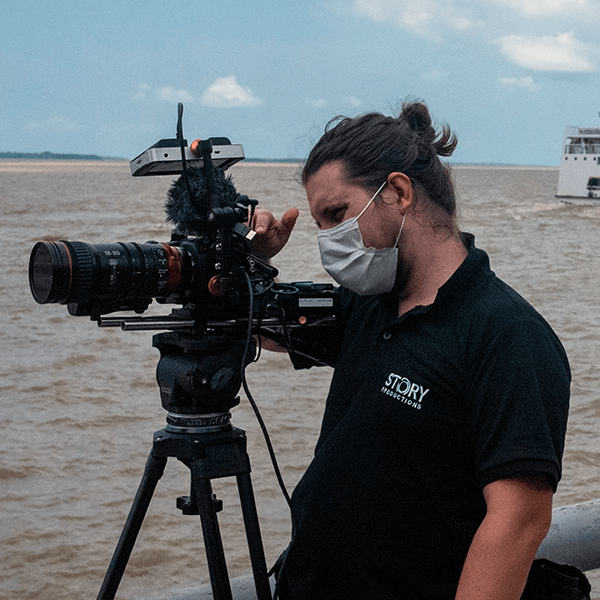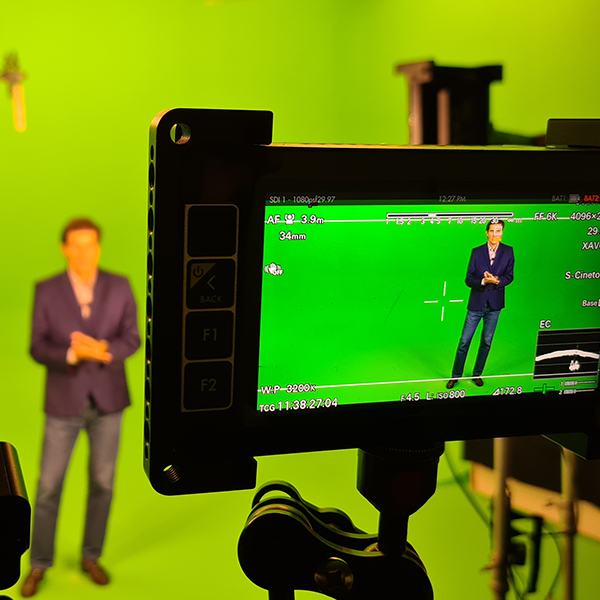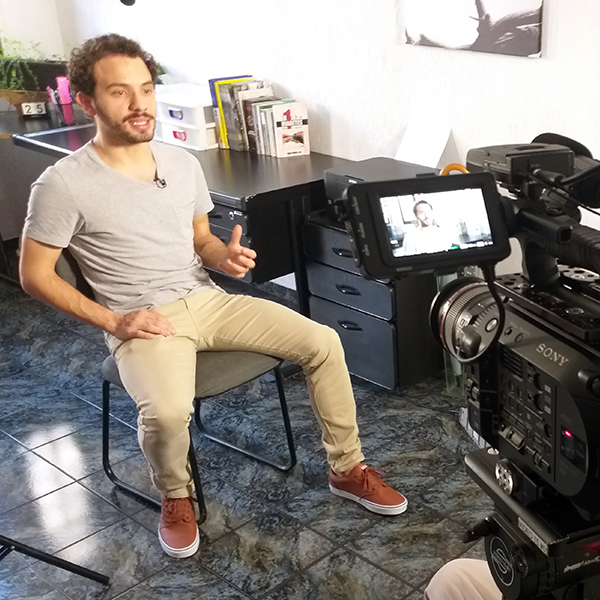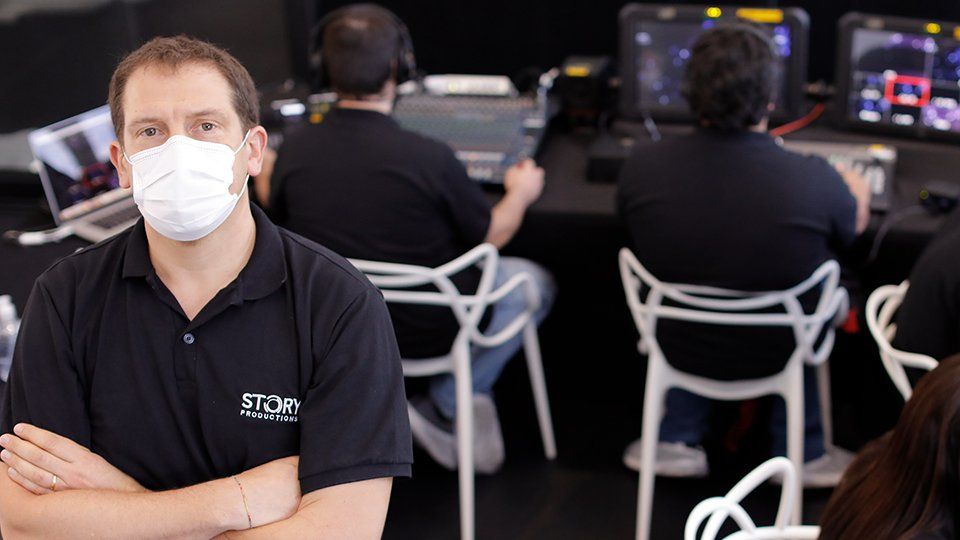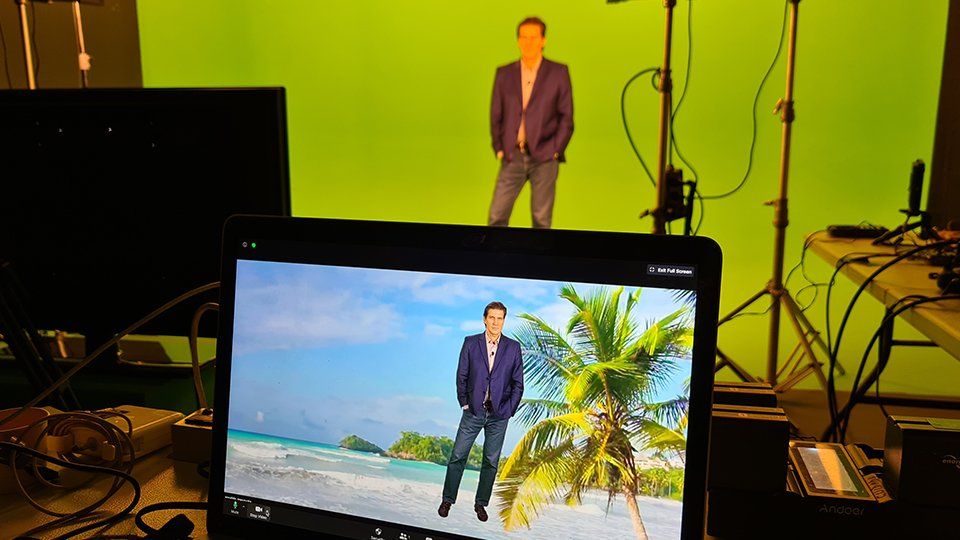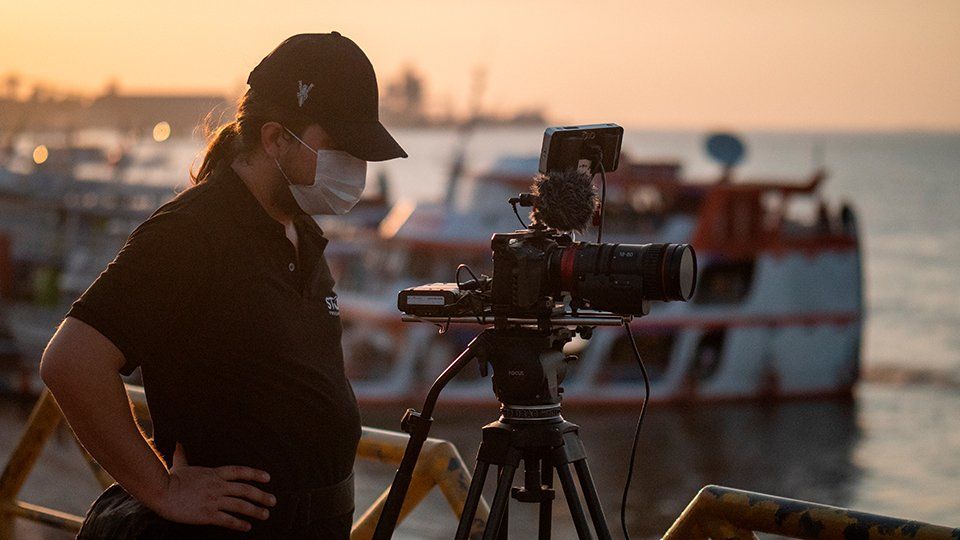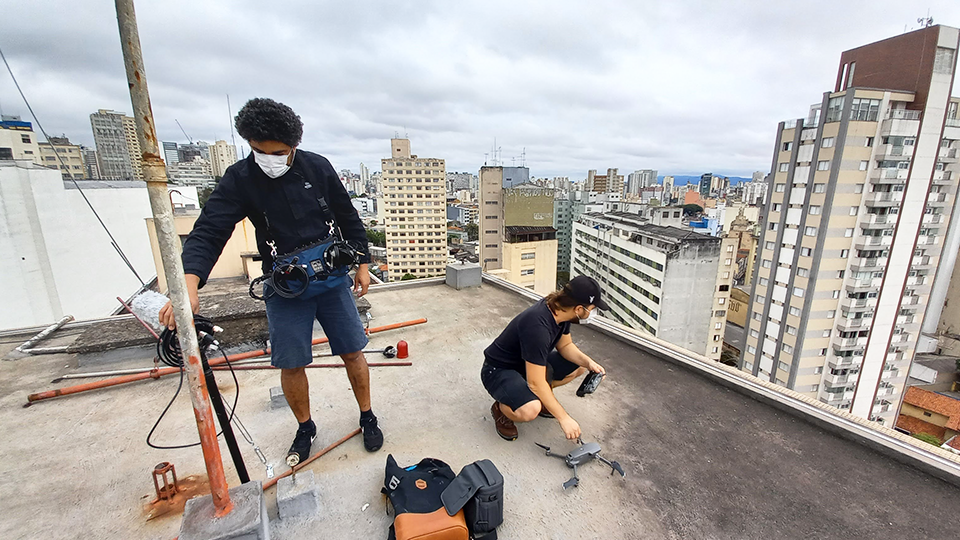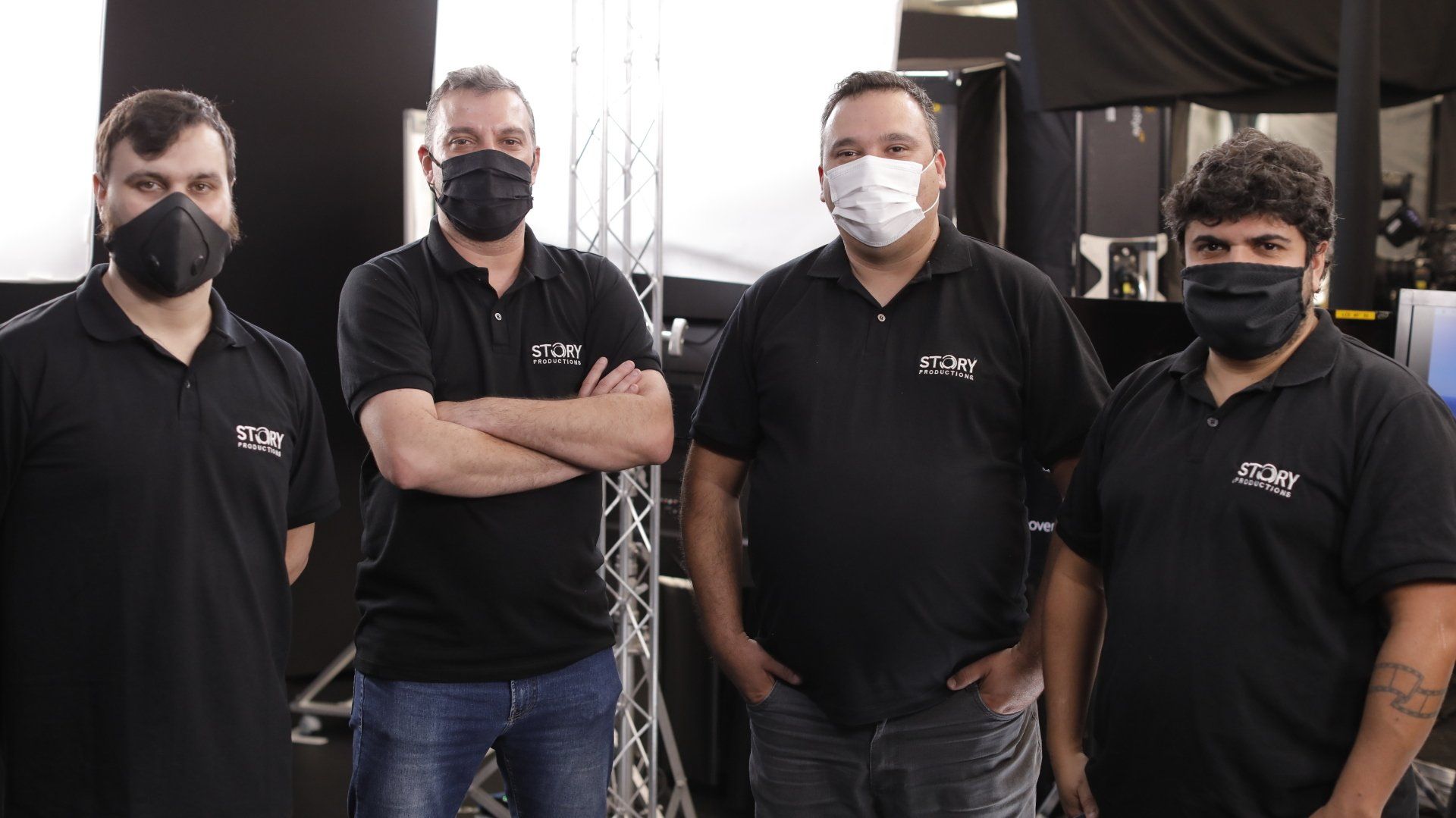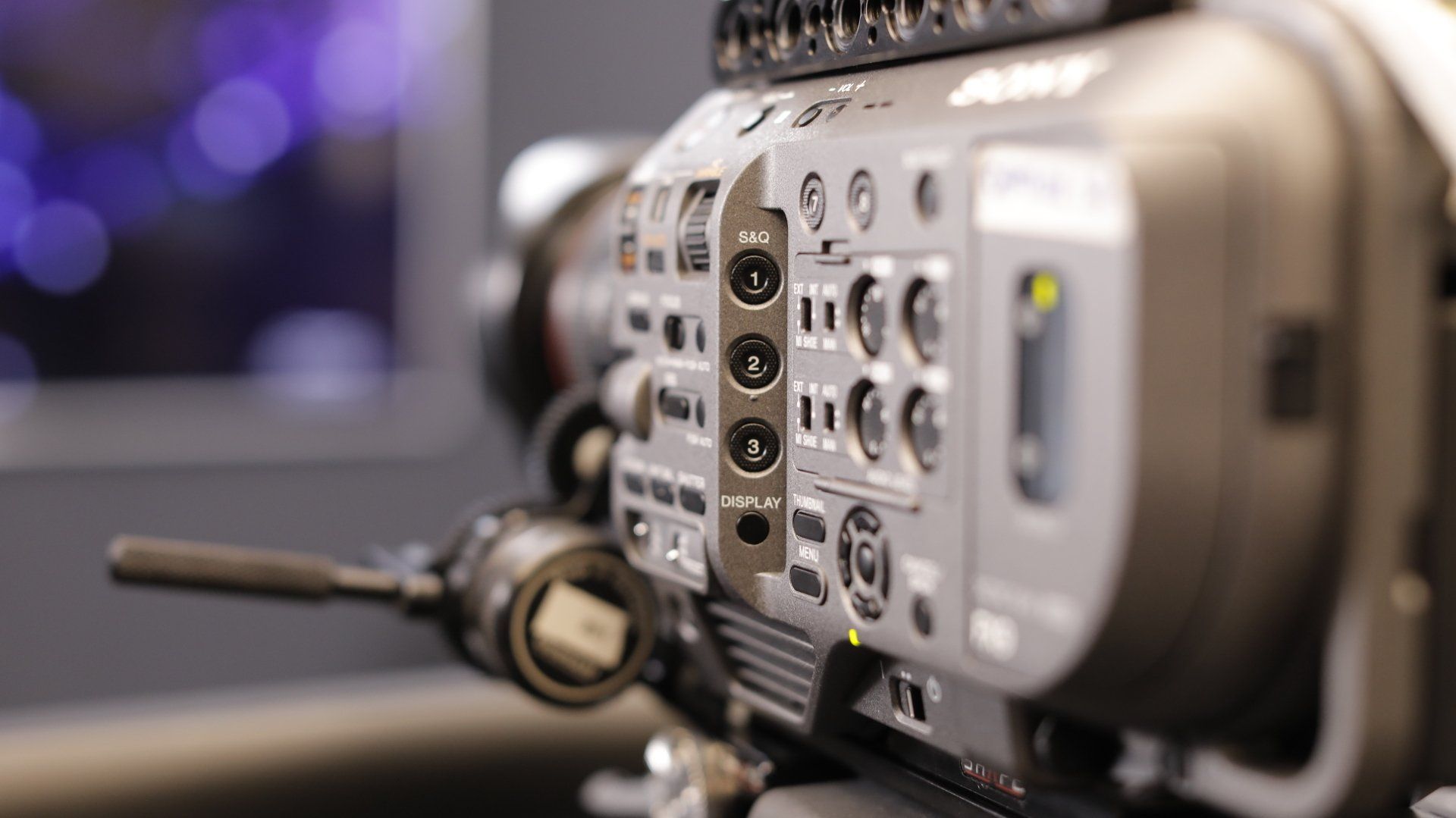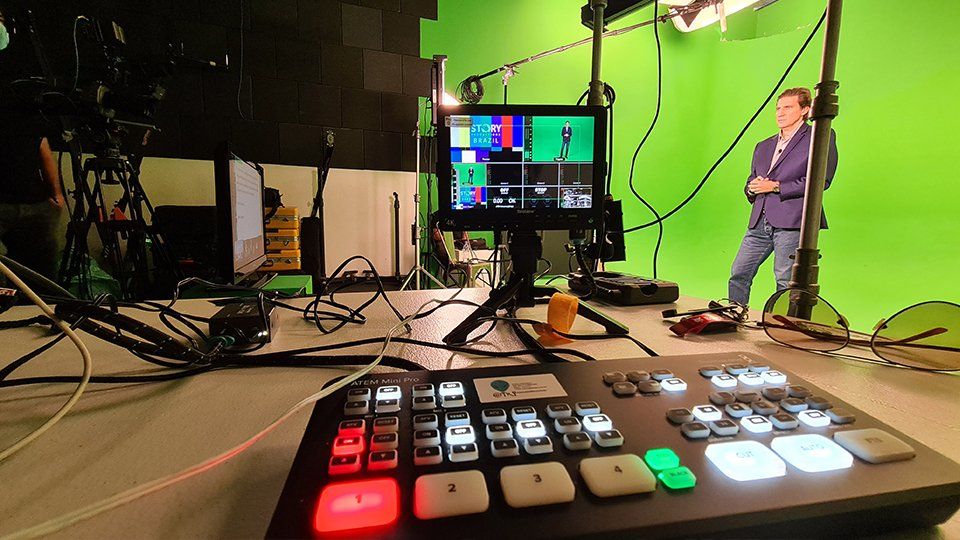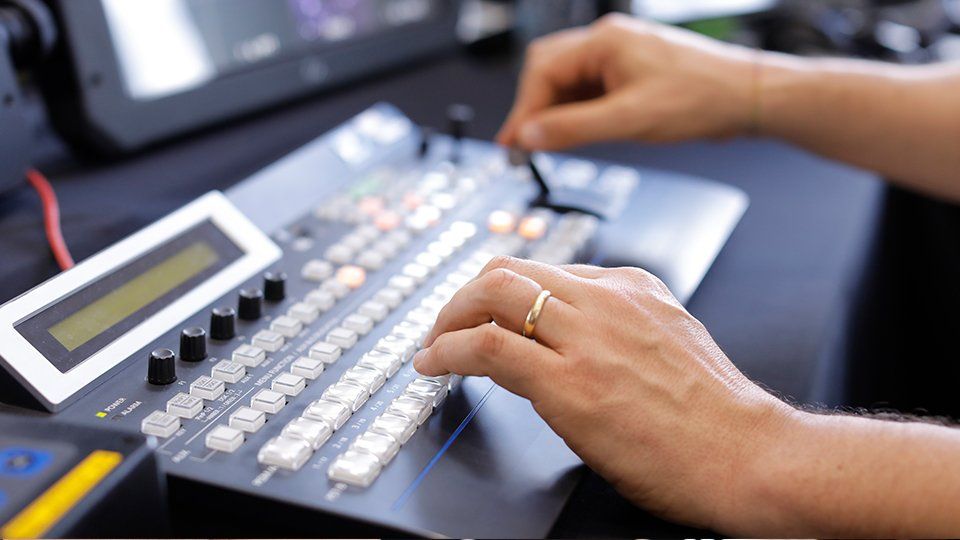CASE STUDY
Live streaming: The future of audiovisual production is now
Live streaming technology has come into its own in the past 12 months, revolutionizing the way people connect and opening up a new world of possibilities for international productions, including remote directing for shoots all over Brazil.
Live streaming technology has been around for years. The potential that the technology offers, however, has really flourished in 2020, as people around the world have adapted to the reality of working, learning, and connecting from home during the Covid-19 pandemic. Story Productions has previously offered live streaming services to clients on occasion, from corporate events and interviews to
live satellite transmission of sports events. Over the past year, however, the technology has become an integral part of the way we work, allowing our clients to go beyond streaming live events, symposiums, and webinars to accompanying or directing shoots in Brazil, in real-time, from thousands of miles away.
How has this new demand changed the way the Story Productions crew operates? What is it like to work on a remote production with a client directing in real time on the other side of the world? The Story Productions field producer and director Aarón shares his perspective below.
Building on old technology
Live streaming technology has been around for decades, of course, from sports events to breaking news, and concerts. However, for most independent production companies, live streaming is a relatively new service in their toolkit, and one that they’ve adapted quickly to using. The benefits for both client and service provider are multiple, lowering production costs, eliminating the need for large crews to travel, and enabling more complex productions, with crews working in sync across several countries.
The technology is helping to make the world a smaller place, says Nick Story, Executive Producer at Story Productions. “The global village,” Aarón calls it – a world that is more connected even while many country borders remain closed due to the pandemic.
The technology adds complexity to a shoot, with equipment that has to be set up and tested, with back-up options and reliable high-speed internet. In a studio setting, these variables are easier to control. But when you’re live streaming a shoot in the middle of the Amazon with the director in Germany and the 4G connection drops? Even technology has its limitations – for now.
Going the extra mile for clients
We’ve provided live streaming services over the past year to clients that have accompanied shoots in Brazil, including
ITN Productions in the UK, a kids entertainment series in Germany and for a number of corporate interviews. Plenty more must remain unnamed, for privacy reasons, but we can share an overview of what our services have involved.
We
filmed a 1,300 kilometre through the Amazon for a global healthcare technology provider in 2020. The route was fraught with its own particular challenges and involved some careful planning in pre-production. Our client Rabbitz, in Germany, was able to review the footage at both the start and end of the trip, giving instant feedback on framing and interviews, and allowing the three-man crew to coordinate with the Story Productions team at our HQ in São Paulo to deliver the footage without a hitch. Without live streaming technology, the project wouldn’t have been possible.
Global production company MMPro hired a Story Productions crew to film three interviews and B-roll in São Paulo for a corporate video for BASF, a multinational chemicals company. We provided a live feed of the interviews to the client so that they could follow the shoot in real time and provide on-the-spot feedback, cutting down on time needed for feedback or retakes.
Other live streaming projects over the past year have been much more ambitious in scope. Story Productions has worked on two ongoing documentary projects being filmed in Brazil, involving a Story crew filming on the ground and directors on the other side of the equator. Field producer Aarón enjoyed these particular challenges, and appreciated the technology that made it all work. A camera operator and sound technician were able to plug their equipment into a live streaming backpack which transmitted both image and sound straight to the client who could direct the shoot, communicating with Aarón to reframe or retake shots. No visas, no travel costs or local logistics for our clients to worry about.
Webinars taken to the next level
Another major live streaming project for us this past year has been a series of medical training videos for an international client. A lot of prep work goes into achieving a slick and professional-looking live video stream for medical professionals around the world to tune into. It involved a studio set-up and a lot of extra equipment—three cameras, double the live streaming equipment and a switcher, to name just a few, in order to guarantee a fallback plan should computers, systems, or electrical supply fail. With webinars, there’s no opportunity for retakes and so a lot of preparation and practice before the live event is essential, including a complete dry run before the actual streaming event.
Where does live streaming go post-pandemic?
Will we still see such a high demand for live streaming once the Covid-19 pandemic is over and international travel is possible once again? “This is the future of filmmaking,” says Aarón. “Even in a non-pandemic reality, these techniques are going to become more sophisticated and more available to everybody. It saves a lot of money and it can save time, if the technology is plug and play.” The tech isn’t quite plug and play yet, but it will be, with the implementation of 5G on the horizon.
Live streaming technology allows independent production companies like Story Productions to operate with smaller crews in the field, reducing health and safety risks for both cast and crew as well as lowering costs for our clients.
As the tech continues to improve, allowing complete remote control of sets and shoots, costs will go down further. “You’ll be hearing the sounds that are being shot live,” reflects Aarón. “You can have this connection with your technician… and you can direct. It’s a complete revolution. The future is now.”
Story Productions offers video streaming services suitable for concerts, conferences, seminars, training events, webinars… the possibilities are as broad as our clients’ needs.
Get in touch to tell us about your project and we can find the best solution for you.







